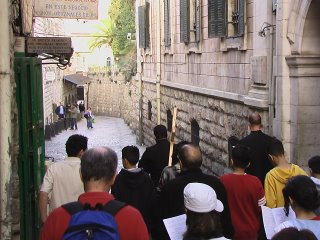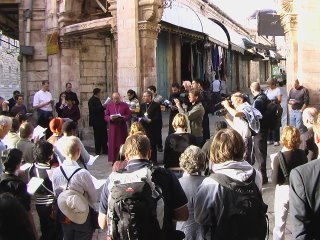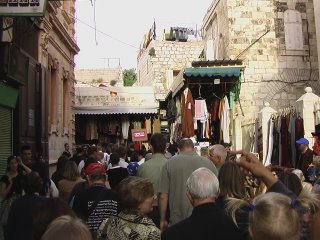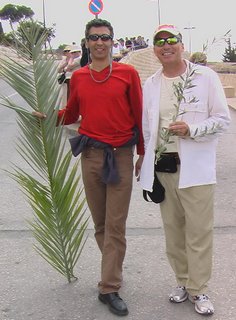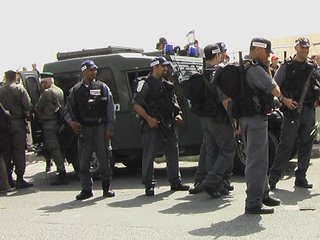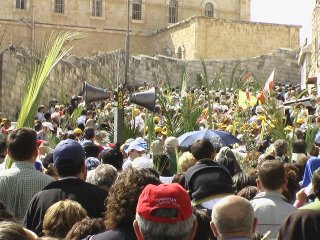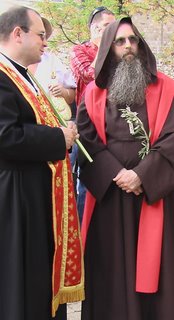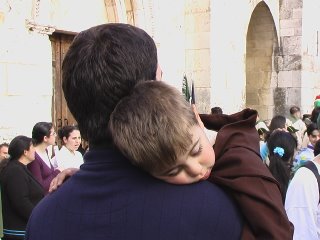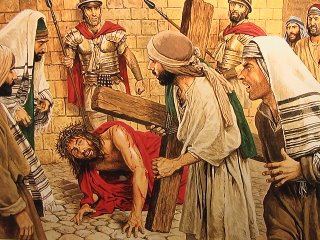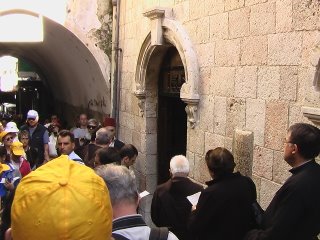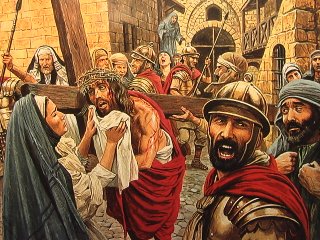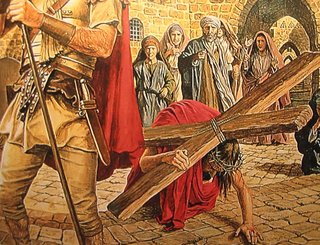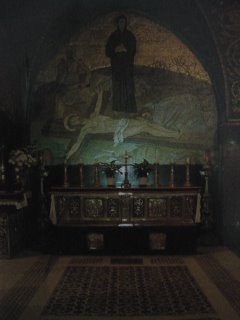With Fr. Michael McGarry - April 3, 2006
Jesus and the ChurchDid Jesus intend to found the Church? Some would say “no.” Jesus preached the coming of the Kingdom of God, what came was the church. But “yes” in the sense that the disciples later understood that this was what in fact Jesus had done with them; there was only one way to continue the “Jesus movement” and that was through this new community called the Church.
There were four characteristics listed in the book of Acts that applied to all followers: a) the Teaching of the Apostles: still Jewish, but interpreted from the centre and fulfillment of God’s whole salvation work... Jesus Christ, b) Fellowship: everything was held in common and it was saturated and carried by the Holy Spirit, c) the Breaking of Bread: the gathering to break bread together was deeply related to what Jesus did and linked the followers to the Crucified and Resurrected Lord and Messiah, present in their midst, and d) Prayer: of course still Jewish but in the name of Jesus Christ, thus having access to God the Father (Abba) through the Son.
Was the Church at first a Jewish Sect? The first Christians did not see themselves as anything else than Jews, did not stop participating in the temple sacrifices and synagogue services, circumcising their sons, celebrating Sabbath, reading the Jewish scriptures and observe its commandments. Even Paul always considered himself an Israelite, even though he could refrain from being Jewish when need be.
What Distinguished the Early Christians from Other Jews?1. An Intensive Mission to all the world, rapid spreading to and including of people from very different backgrounds.
2. Their sacraments: Baptism in the name of Jesus and the Lord’s Supper.
3. Worship of the ONLY God, Father of Jesus Christ; so of course monotheism, but one in which Jesus and the Spirit were central in communing with God.
4. A strong ethical code, similar to Judaism, but included things such as .... no divorce, strong sense of community and a belonging defined by the sacrament of Baptism.
5. No animal sacrifices.
6. Prepared to suffer and willing to die rather than deny their faith in, and allegiance to, Jesus the Christ.
Also, Christians did not attach religious significance to the Land, they did highly re-interpret the Torah (Old Testament) in light of Jesus Christ, and they did not revere the Temple.
Was the Parting of the Ways Inevitable?Likely, yes! Jesus’ claims about himself were so stupendous and ground shaking that they could not be contained within a Judaism not deeply transformed by accepting them. The Easter experience of the early Christians meant three things: 1) Jesus was alive, vindicated by the God of Israel, 2) an experience of personal forgiveness for persons who had been faithless in various ways, and 3) a gradual realization, that all this had come about without any mediation of the Torah. God somehow bypassed his own instrument of covenant salvation. The Holy Law, in accomplishing this new thing in the life and death and raising of his Son.









